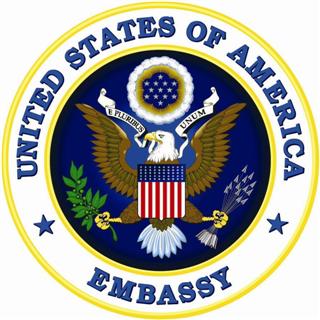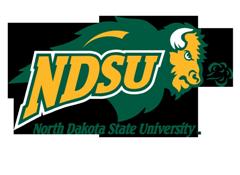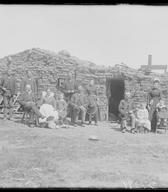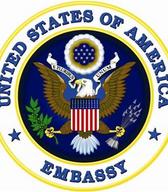The American Frontier: Land in Her Own Name and There are No Renters Here
12 April - 2 May 2010
Itinerant photographic exhibition presents the rich pioneer history of the United States through the photographic collections of Nebraska State Historical Society and North Dakota State University, glimpses of just a few men and women of the thousands who forever changed the face of the American frontier.
It is part of this year's Slovene Ethnographic Museum events dedicated to intercultural dialogue, and of the celebration of America Days 2010, organised for the fourth time in Slovenia by the Embassy of the United States.
What is the American Frontier?
A popular and highly romanticized concept, the "American Frontier" included the "Great American Desert", or the arid, forestless regions of the Great Plains, covering Montana, North and South Dakota, Kansas, Eastern Colorado, Nebraska, and Oklahoma. To assist in the cultivation of these regions, Congress passed the Homestead Act of 1862, and declared that any American citizen could claim 160 acres of surveyed government land in the above region. Citizens who settled there, either by themselves or with their families, became known as "homesteaders". The act allowed many Americans who had never owned land before an opportunity to create a new life for themselves and their families. Settlers were drawn by the promise of new opportunities, new beginnings, and financial gains. As a result of the Homestead Act, over 270 million acres of land were made available to American citizens that contributed to the cultural, social, and economic development of the United States as it is today.
Land in Her Own Name
 In the early part of the 20th century, many women trekked alongside men towards the promise of a new beginning on the North Dakota plains. These courageous women, known as "homesteaders", came from various cultures and backgrounds - Yankees, Scandinavians, Germans, Blacks, Jews, and Arabs were only a small fraction of the diversity exhibited. They were both young and old - some barely past their teens and some in their 60s - and yet all were there to embrace a new life on the open land. Some women lived on the land their entire lives, while others used the land as collateral for financial or educational purposes.
In the early part of the 20th century, many women trekked alongside men towards the promise of a new beginning on the North Dakota plains. These courageous women, known as "homesteaders", came from various cultures and backgrounds - Yankees, Scandinavians, Germans, Blacks, Jews, and Arabs were only a small fraction of the diversity exhibited. They were both young and old - some barely past their teens and some in their 60s - and yet all were there to embrace a new life on the open land. Some women lived on the land their entire lives, while others used the land as collateral for financial or educational purposes.
By conducting a statewide search through land records, author H. Elaine Lindgren was able to collect information regarding these extraordinary women not only from within the pages of diaries, letters, and photographs, but also through the actual voices of many women who lived to share their stories and experiences of life on the American Frontier.
There are No Renters Here
 Leaving behind a familiar world, thousands of people migrated to the plains of Nebraska in the late 19th and early 20th century to travel to new territories filled with uncertainty, daily struggle, and hard toil. Yet amidst the difficulties they faced, the struggle to survive brought these pioneers closer to one another, and through perseverance, many established a decent, and often successful, living for their families. The exhibited photographs show Mattie Oblinger, her husband, Uriah, and their daughter, Ella, their home, their farm, and their lives.
Leaving behind a familiar world, thousands of people migrated to the plains of Nebraska in the late 19th and early 20th century to travel to new territories filled with uncertainty, daily struggle, and hard toil. Yet amidst the difficulties they faced, the struggle to survive brought these pioneers closer to one another, and through perseverance, many established a decent, and often successful, living for their families. The exhibited photographs show Mattie Oblinger, her husband, Uriah, and their daughter, Ella, their home, their farm, and their lives.
The exhibition is on view on the occasion of America Days 2010 in Slovenia, a celebration of American culture and history (12 - 24 April). It is hosted at the Slovene Ethnographic Museum upon the initiative and with the support of the Embassy of the United States of America to Slovenia.
http://www.slovenia.usembassy.gov
http://slovenia.usembassy.gov/ev_2010.html








